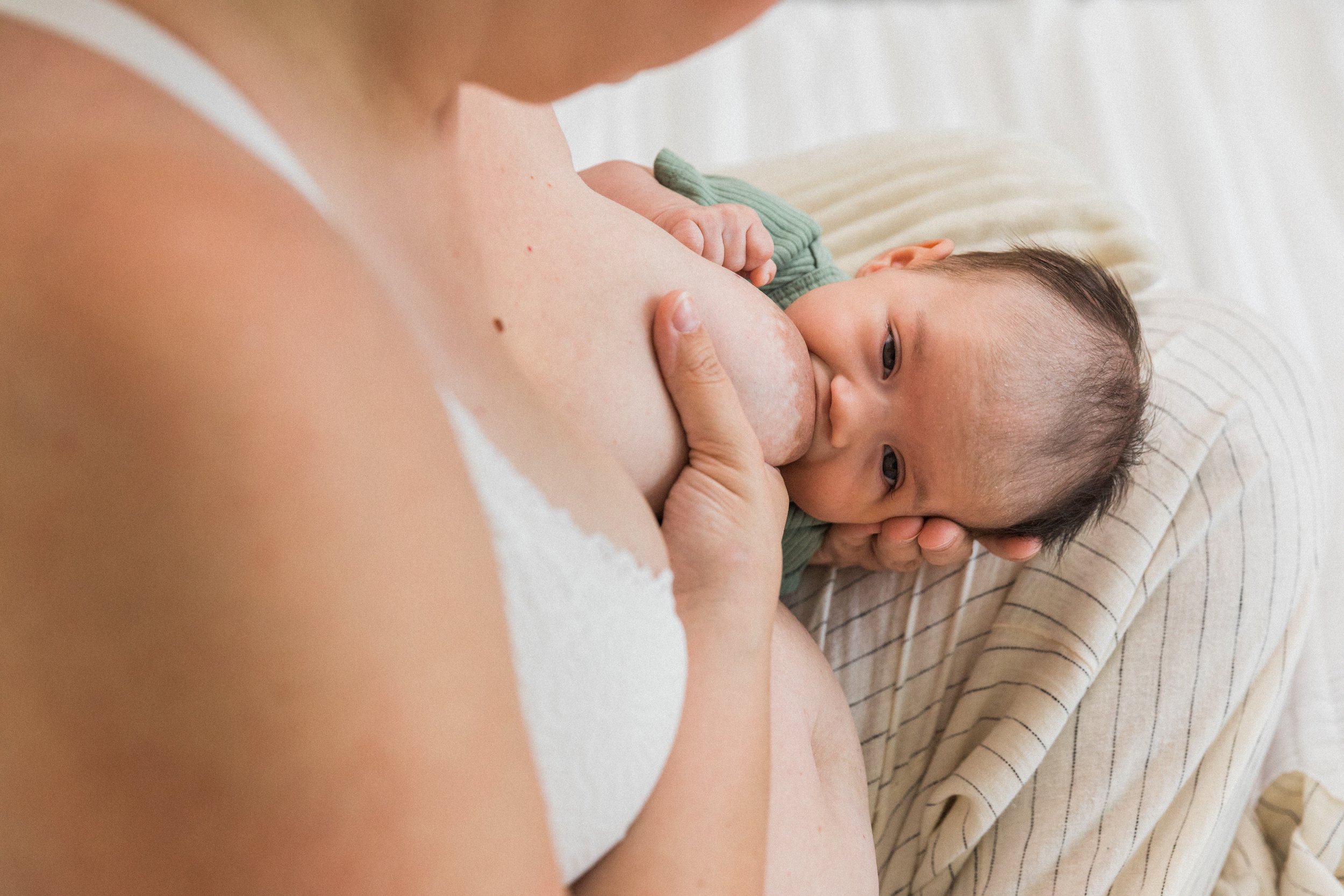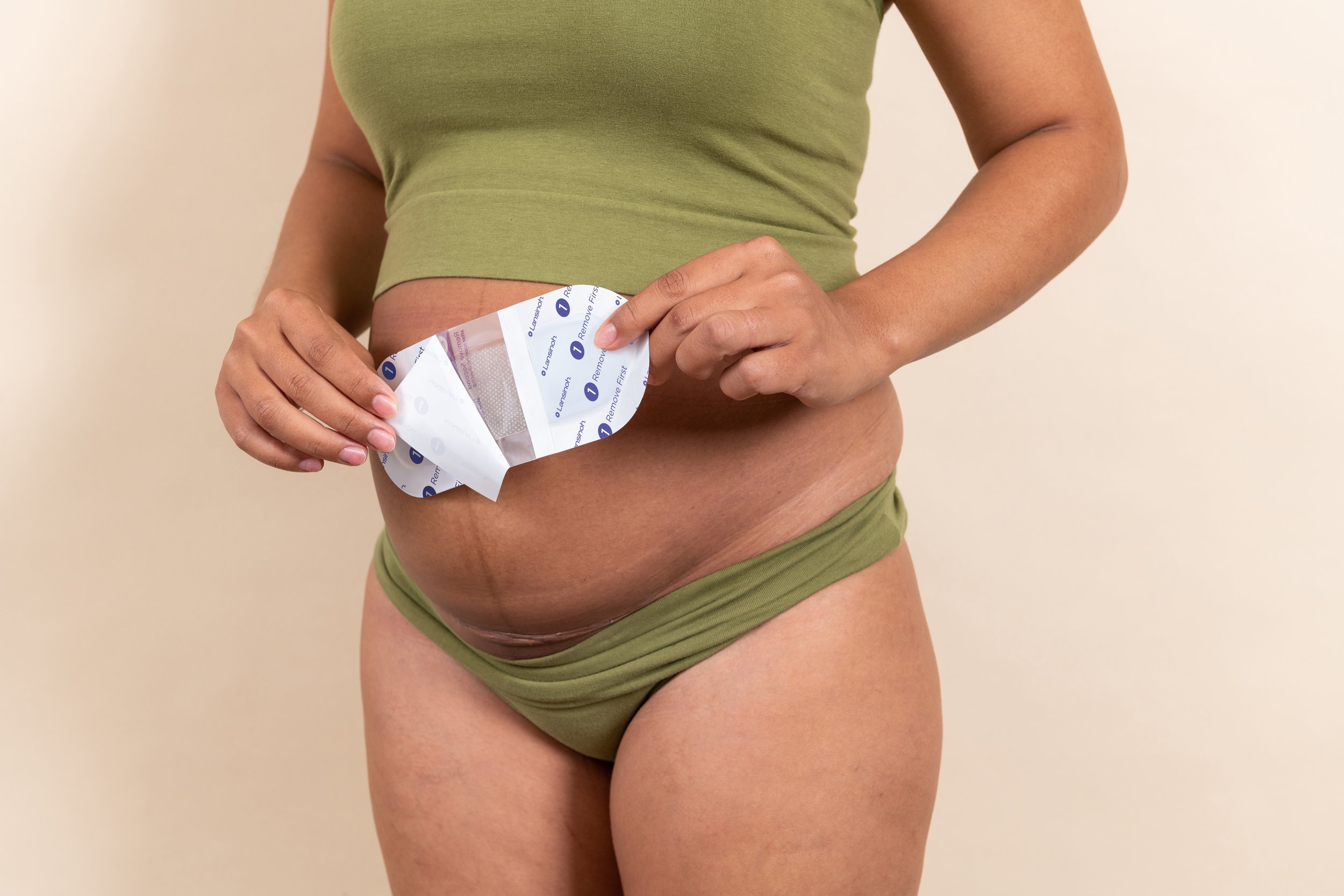Parent Panel: How To Care For Your Nipples When Breastfeeding
Breastfeeding has a huge amount of benefits to offer you and your baby, but if you haven’t experienced it before, you may wonder what to expect.
Much like birth stories, it seems that every pregnant mum hears different stories from friends, family, and even complete strangers- some telling her that breastfeeding was easy, others saying it was one of the most difficult things they’ve ever experienced. At Lansinoh, we believe it’s important that all pregnant women and breastfeeding mums are well-informed on how to take care of their nipples while breastfeeding so they can have the most positive experience possible while nursing their baby.
Your breastfeeding experience is unique to you. While it’s likely that most mums will experience some breastfeeding discomfort and sensitivity in their nipples in the beginning, breastfeeding should not be painful. So, what’s normal when it comes to breastfeeding pain and discomfort? And what can you do about it?
Do nipples become sore when breastfeeding?
For many women, nipple problems are the worst in the first week after giving birth. Struggles with baby positioning and latch are the most common causes of nipple pain during this time. As mum and baby gain more experience with breastfeeding and latching, nursing becomes much more enjoyable and relaxing for both.
Another reason for discomfort is that the breasts and nipples become more sensitive during pregnancy and after giving birth. Hormonal changes are preparing your breasts for breastfeeding and this can increase sensitivity and cause discomfort. Additionally, your baby will be nursing frequently during the first part of their life, and this repeated suction and moisture can cause discomfort and affect your skin, just like your lips get dry when exposed to different conditions.
How can I stop nipple pain?
Just because nipple discomfort is common, this doesn’t mean you need to “tough it out” or that there is nothing you can do about it. Breastfeeding shouldn’t be painful, and pain is an indication that you and your baby may need a little extra help. Remember that this is a new experience for both you and your baby, and it may take time and practice to get the hang of it. Getting comfortable with positioning and latch is your first step, and seeking the help of a midwife, health visitor or lactation consultant can make a big difference.
There’s also other options to care for your nipples while you and your baby learn the ropes of breastfeeding, as well as during pregnancy.
Prep and Nourish: Our bodies undergo some remarkable changes during pregnancy and it’s quite normal for mums-to-be to adapt their skincare routine as their pregnancy progresses. Top areas of concern for mums are typically around soothing dry, tight and itchy skin, as well as how to prepare nipples ahead of breastfeeding. Lansinoh® Organic Nipple Balm is a natural, plant-based remedy with a light, silky-smooth formula that glides on easily to moisturize nipples, as well as soothe dry, tight and itchy skin.
Soothe & Protect: During those early days of breastfeeding if your nipples are sore or cracked, Lansinoh® HPA Lanolin Nipple Cream can help soothe and protect them. Lanolin is a thick, rich cream that provides a soothing, protective barrier for your skin. It’s 100% natural and contains no additives, preservatives or parabens. HPA® Lanolin is naturally hypoallergenic and approved by the British Allergy Foundation meaning you can breastfeed your little one without removing the cream. Lanolin makes such a great nipple cream because it so closely resembles our skin’s own natural moisture barriers, which keep it soft and healthy.
Remember, it’s true that breastfeeding doesn’t always come easily, but as many mums have experienced before, with a little help and patience, it can soon become a precious bonding time that both you and your baby will look forward to.
About Lansinoh
For nearly 40 years, new mothers have trusted Lansinoh to support and care for them while they enter the messy magic of motherhood. Born from one mother’s realisation that as they tirelessly care for their babies, parents often go without the support they need and deserve. That’s why Lansinoh proudly stands with mothers all over the world. The brand’s journey started (and continues) with the multi-award winning, healthcare professional recommended HPA Lanolin Nipple Cream (affectionately known as the purple tube!). Today, it offers a comprehensive collection of solutions that help new parents navigate pregnancy, birth, breastfeeding, and pumping.







